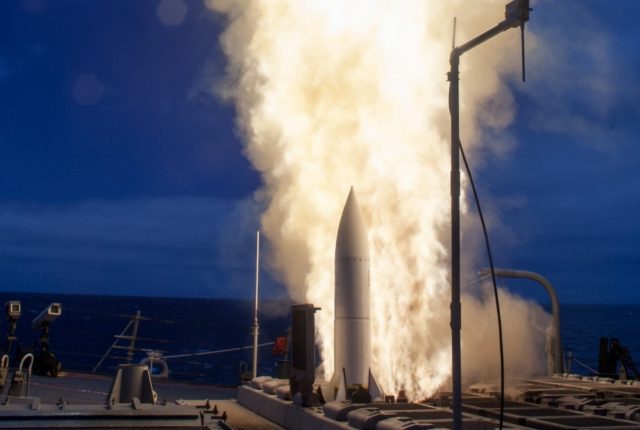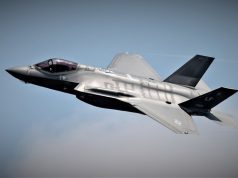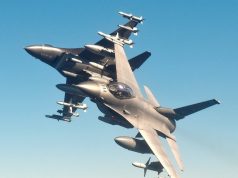
The US Army has selected Lockheed Martin to develop and deliver a ground-launched, mid-range missile as part of its long-range precision fires modernization effort.
The Mid-Range Capability (MRC) will be designed to hit targets in the range between the Precision Strike Missile and the Long Range Hypersonic Weapon.
According to the Army Rapid Capabilities and Critical Technologies Office (RCCTO), which will lead the development, the MRC prototype will be fielded to an operational battery in Fiscal Year 2023. It will consist of launchers, missiles, and a battery operations center (BOC).
Lockheed received a $339.3 million Other Transaction (OT) agreement to design, build, integrate, test, evaluate, document, deliver, and support the MRC prototype battery capability.
In order to accelerate fielding to meet the delivery timeline, the MRC prototype will use existing hardware and software from Army and other services, and integrate additional technologies to achieve new operational effects.
This means the Army will use variants of the Navy SM-6 and Tomahawk missiles for the initial prototype. The Army will leverage Navy contract vehicles for missile procurement in support of the Army integration OT agreement.
“Adapting existing systems as much as possible will allow us to move faster than traditional acquisition methods to get this capability into the hands of soldiers in support of the National Defense Strategy,” said LTG L. Neil Thurgood, Director of Hypersonics, Directed Energy, Space and Rapid Acquisition, who leads the RCCTO.
The MRC will complement other critical systems in the Army’s long range fires portfolio, providing a combined operational and strategic capability that can attack specific threat vulnerabilities in order to penetrate, disintegrate and exploit targets in deep maneuver areas critical to the joint fight.


























